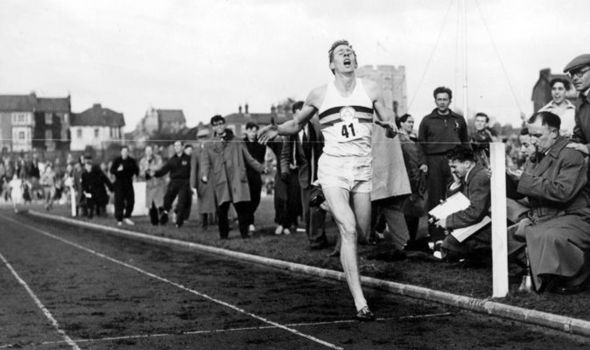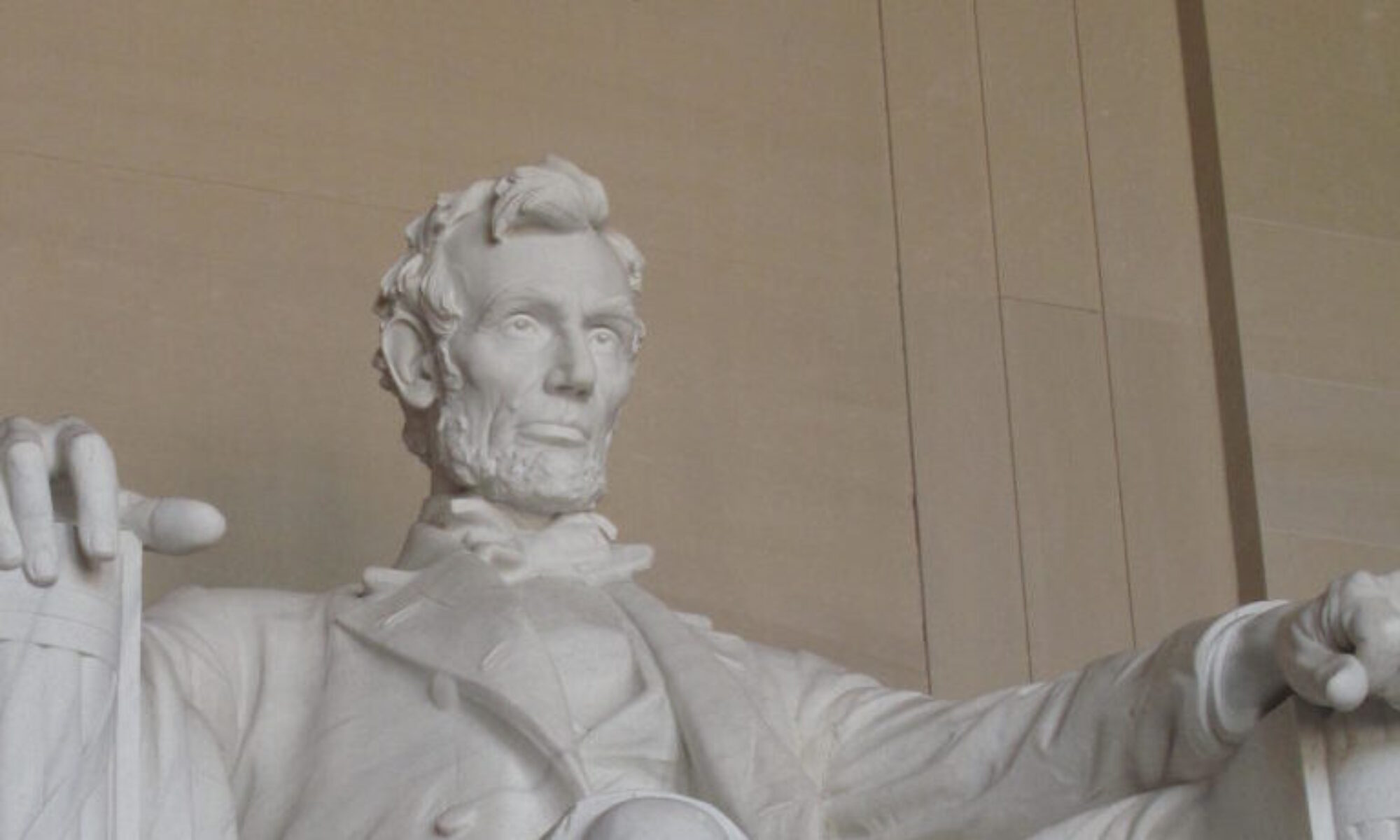
The above photo freezes in time one of the epic moments of the 20th century. Much of what passes for civilization today is the concept of celebrity, the idea of being known for being well known — but this is a relatively new laurel. Until recently, Western civilization, particularly since the Enlightenment, had oriented its esteem on the concept of achievement, the idea that any individual regardless of class, on innate ability, could advance society permanently. The achieving individual sought achievement through identification of their own talents, self directed effort, securing their commitment to attempting to surmount the acknowledged challenge faced by all humanity, and if possible, surmounting it. The idea of running an arbitrary distance, the mile, under 4 minutes, had long been felt to be outside the physiologic capability of one particular mammal, human beings. Unlike any other mammal, the fact that such a potential barrier existed uniquely drove some humans to attempt to prove the barrier a myth. On May 6th, 1954 at Oxford, England, Roger Bannister became the first known individual to drive the human body over the distance of a mile under 4 minutes, and another epic story of individual accomplishment thought previously impossible was recorded. With Sir Roger Bannister’s passing March 3rd, 2018 at the age of 88, Ramparts takes this opportunity to celebrate Sir Roger Bannister as People We Should Know #32, most importantly because Sir Roger himself, as multi-faceted individual, saw this epic achievement as only his life’s third most important contribution to civilization.
With dramatic advances in athletic training now often corrupted by artificial pharmaceutical enhancements, the modern concept of “breaking records” is now looked upon with some cynicism. Athletes such as Roger Bannister was in 1954, are but a quaint memory. Roger Bannister was not a professional track athlete. He was a physician who ran as a side activity, and discovered he was surprisingly good at it. Rigorous training was what Roger Bannister was attempting to accomplish in the medical field, not the track field. With an ideal physique for the middle distance race of 5280 feet, or 1500 meters, depending on the event, undergoing minimal training but with an acute sense of physiology, Bannister began to identify as he entered adulthood and track competition, that middle distances, once thought of as endurance events as opposed to sprints, were instead hybrids. Despite a complicated life that intersected intense medical training with physical training and inhibited Bannister’s focus on athletics, he accepted some fairly advanced training principles for his time, of interval and hill training, to substitute for his inability to exclusively commit to running.
Inspired initially by the 1948 Olympics in London to become a track athlete, Bannister, by the Helsinki Olympics in 1952,was felt to be a legitimate threat to win the 1500 meters. In a race in which the first seven participants beat the previous olympic record, Bannister finished a personally disappointing fourth. He recognized that his approach of intermittent commitment would not be sufficient to defeat the best in the world, and being an innately competitive person, determined he needed to orient himself not just to defeating race participants, but defeating his own perceived limitations. He set for himself the goal of achieving a sub-four minute mile, a goal which not only had resisted all previous attempts, but would require an average under 60 second quarter mile lap, not felt likely to be physically possible to maintain over a four lap distance.
Bannister, an accomplished person, felt the pull to accomplish more, and looked around him to see others with similar drive. Through the summer of 1953, Bannister pulled his personal best down some 8 seconds to 4:02 and could see how the epic speed might be achieved. The only question was at to whether he would be the one to first achieve it. On May 6th, 1954 at Oxford in a local University versus Amateur Athletic track meet, the conditions were positioned, if his indomitable will was sufficiently present. The race had future Olympic champions within the field, and it was acknowledged that they would pace the man who was closing in on the barrier, to the extent they could. There was an atmosphere of potential history making in the air, and three thousand people , and media, showed up to for the mile event to see if the supposed insurmountable barrier could be broken by an Englishman. The wind at times gusting to 25 miles an hour threatened the attempt, but almost on cue it died down at race time and the challenge was on. By the completion of the third lap, the pacers had positioned Bannister to have a chance, but it would take a sub sixty-second lap to do it, and it would have to be all Roger. With just under 300 yards to go, Bannister began his kick, passing his pacer, and pushed all alone down the final turn and straightaway.
No modern conveniences for the assembled such as clock ticking in tandem with the runner’s efforts were visible, but everyone knew it would be close, and the swelling roars of the crowd pushed Bannister to leave it all on the finish. Collapsing past the finish line, a video and multiple photos exist that have saved for us both the effort and the drama. It was ever more dramatic when the official time announcement was delayed some seconds while multiple stop watches confirmed the time…3 minutes 59.4 seconds … and Roger Bannister entered history of those who have been first.
The record would stand barely a month until it was broken, but no matter, a physician who considered physical capability only one part of a life to be maximized to its full potential had done the ‘impossible’ first, and proved this barrier like many others, an obstacle to be overcome. Which leads to Sir Roger Bannister’s comment that this achievement was for him only the third of a life dedicated to accomplishment. Having achieved what he had set out to do as a physical being, Roger Bannister dedicated his life to what he saw as further and greater accomplishments, becoming a world renowned neurologist and a loving father and grandfather .
I met Sir Roger Bannister briefly in the 1980s when he came to give a lecture on the obscure area of neurology of dysautonomia for which he was considered an expert. He and the audience were fully aware that as much as he might be able to clarify the complicated subject of dysautonomia, inevitably everyone wanted to ultimately share in his memory of the day when he stood alone as the fastest miler in history and briefly feel what he felt. For what was probably the ten-thousandth time, Sir Roger relented and let us share, but only after his lecture of what he felt was his life work was completed.
It is an ironic footnote that the death of Sir Roger Bannister, a neurologist, was announced as a consequence of Parkinson’s Disease, a neurologic condition that inevitably steals an individual’s ability to move. Ramparts People We Should Know #32 – Roger Bannister will forever be associated with movement, as a gazelle, and a life that celebrated and worked toward sharing that capability with the world.
